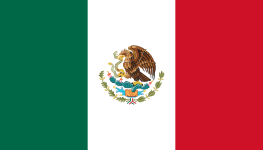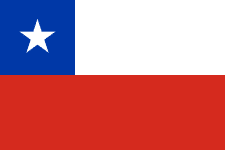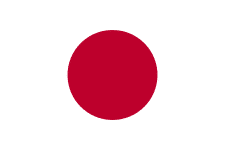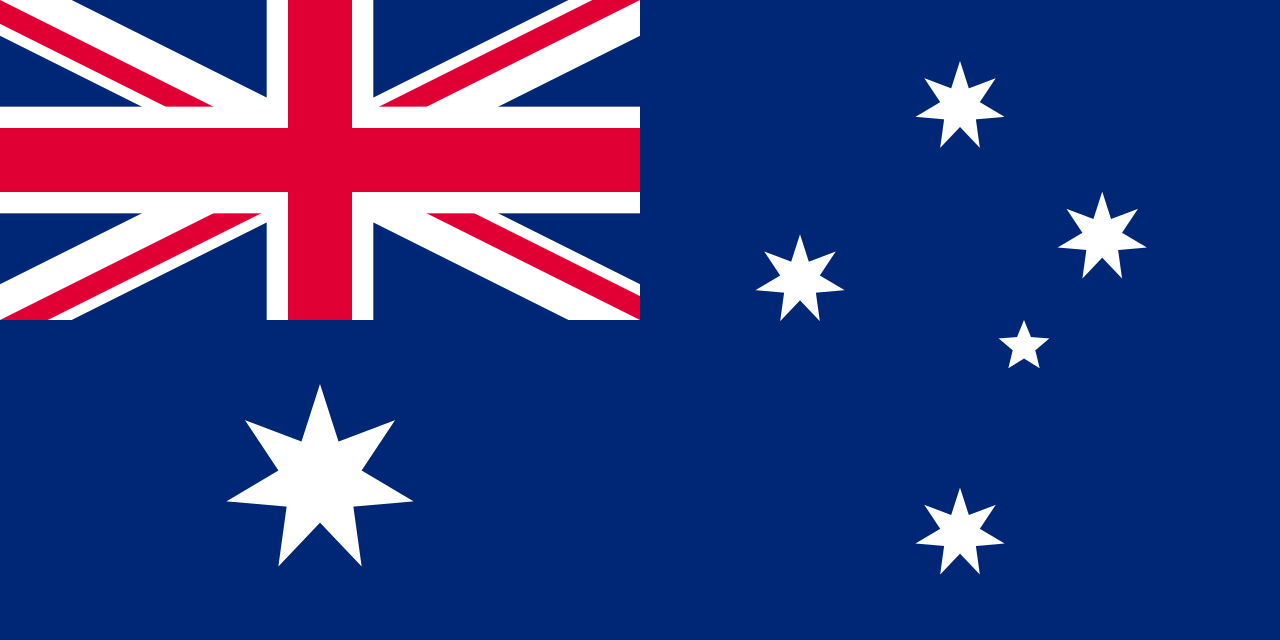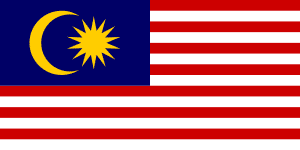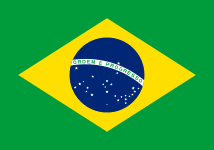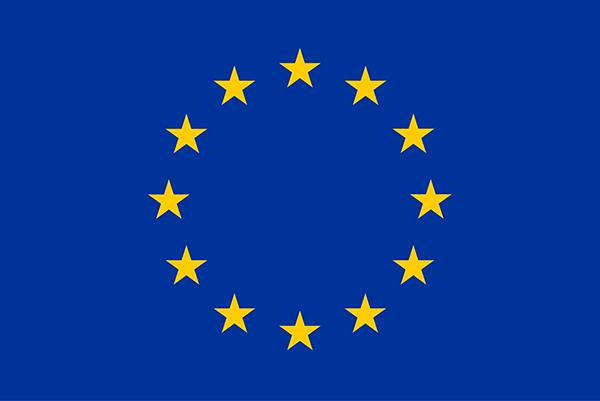- Industry
- Region
- Country / Region
On 16 June 2024, the Telecommunications and Digital Government Regulatory Authority (TDRA) of the UAE launched a public consultation on a study on the deployment potential of private 5G networks in the UAE. The topics to be discussed include five aspects: existing network and technical conditions, regulatory and compliance considerations, application scenarios and business opportunities, economic feasibility and investment return analysis, and other suggestions.
Click on this link to view the original public consultation, and the comment period ends on 31 July 2024.
On June 14, 2024, Mexico's Federal Telecommunications Institute (IFT) launched a public consultation on proposed changes to the Guidelines for the Use of IFT Labels in Products, Equipment and Devices and the Guidelines for the Certification of Telecommunications or Radio Products, Equipment and Devices. Two public consultations will be conducted in parallel with the aim of reformulating the labelling requirements in the certification framework (IFT certification guidelines starting in December 2021 and IFT labeling guidelines starting in December 2023).
Key changes include updated labeling requirements, which will take effect from March 31, 2025, and require the IFT mark, "IFT" prefix, and certification number to be included on both physical and electronic labels. The purpose of IFT is to avoid industry regulatory disruptions or technical hurdles by adopting best practices for product labeling, while ensuring that there is a way to identify compliant products, such as considering a more flexible approach to small products or products with screens, or if the label cannot be displayed on the product or packaging, consider alternatives such as placing the label in the user manual.
Click this link for the original public consultation on the use of the certification label, and the original public consultation on the certification guidelines. The comment period is available until 12 August 2024.
On June 13, 2024, the Chilean Telecommunications Regulatory Authority (SUBTEL) issued a public consultation to amend Waiver Resolution No. 1985 of 2017. The proposed changes will affect products that incorporate new technologies such as 5G and IoT. Key modifications include a self-assessment verification process and the requirement to have a QR code containing commercial and technical information printed on product packaging, as well as importers and manufacturers verifying compliance before selling. Products expected to be affected by the update include: telecommunications/terminal equipment, consumer electronics, data networking equipment, multimedia equipment, and broadcast equipment.
Importers and manufacturers are invited to actively participate in public consultations as industry members to ensure that their products meet the specified technical requirements and have test reports from accredited laboratories. These new requirements are mandatory for market access, and companies must update their certification procedures and product designs to comply with the new regulations, ensuring proper labeling and documentation to avoid customs and inspection delays.
Click on this link to view the original SUBTEL public consultation due until 12 July 2024.
On June 12, 2024, Japan's Ministry of Internal Affairs and Communications (MIC) launched a public consultation on a proposed ministerial regulation that amends the Radio Enforcement Ordinance regarding the introduction of 5G relay stations and 5G in the 4.9 GHz band.
Click on this link to view the original public consultation, and the comment period ends on 11 July 2024.
On 6 June 2024, Oman's Telecommunications Regulatory Authority (TRA) issued a public consultation on the use of the 1980-2010 MHz and 2170 – 2200 MHz frequency bands for IMT-based terrestrial and satellite components, including satellite IoT. The TRA is currently reviewing the current and future use of the bands 1980-2010 and 2170 – 2200 MHz, assessing the current and potential future uses of radio services allocated in this band and ensuring optimal utilization of spectrum resources to meet the growing demand for spectrum required to provide a wide range of current telecommunications services and emerging technologies.
Click on this link to view the original public consultation, which is open until 22 June 2024.
Following the public meeting of the Australian Communications and Media Authority (ACMA) on 29 February 2024 on the application of the 6 GHz band (6425-7125 MHz), the ACMA launched a public consultation on 4 June 2024 on the possible introduction of Wireless Local Area Network (RLAN) and/or Wide Area Wireless Broadband (WA WBB) in the 6 GHz band. ACMA proposes four options, option 1 is to maintain the status quo (not to use 6425-7125MHz for RLANs and WA WBBs), and the other three options are to use 6425-7125MHz for RLAN/WA WBB to varying degrees. Until a decision is made, ACMA will stop certifying devices on these bands.
Click on this link to view the original public consultation available until 2 July 2024.
On 1 June 2024, the Malaysian Communications and Multimedia Commission (MCMC) announced the cancellation of the classification of fixed satellite service ground stations and ultra-wideband communications equipment operating in the frequency band 3400 MHz to 3700 MHz. From June 1, 2025, this regulatory change will directly affect telecommunications equipment using this spectrum range. Companies involved in the production, import, or use of such equipment must ensure compliance with the new regulations and cease operations in the affected bands by a specified date.
Click this link to view the original MCMC announcement.
On May 29, 2024, Brazil's telecommunications regulator, ANATEL, announced a public consultation on the proposed update to the technical standard for radiocommunication equipment, under public consultation number No. 29. The purpose of this public consultation is to gather feedback on the revision of equipment requirements for the 5925 MHz - 7125 MHz band.
The proposed changes include limiting the operating frequency from 5925MHz - 7125MHz to 5925 MHz - 6425 MHz and requiring remote firmware updates to comply with ANATEL regulations. Since there are already products on the market that use this technology, adjustments will need to be made to meet new regulatory standards, which can create challenges for manufacturers and businesses operating in Brazil.
Click on this link to view the original public consultation until 6 August.
On 21 May 2024, the Qatar Communications Regulatory Authority (CRA) posted a public consultation on its website to solicit comments on the proposed Short Range Equipment (SRD) renewal category license.
The main changes proposed are as follows:
- The ISM category removes the 6765-6795 kHz band;
- More frequency bands for M2M applications;
- The definition of DECT applicability has been updated and different e.i.r.p. power limits have been given for different antennas
- updating and adding UWB technology and available frequency bands;
- changes in wireless applications for healthcare and hearing devices;
- Sense updates and changes to the app.
Click this link to view the original public consultation and the consultation is open for comments until 25 June 2024.
On May 21, 2024, the European Commission published Directive (EU) 2024/1416 in the Official Journal of the European Commission, updating the exemption clause on cadmium in Annex III of the RoHS Directive (2011/65/EU), extending the exemption period of Article 39(a) and adding an exemption of Article 39(b). The directive will enter into force 20 days after its issuance and will come into force on January 1, 2025.
The specific updates are as follows:
| Item | the scope and duration of | the exemption |
|---|---|---|
| 39(a) | for the downshifting of cadmium-based semiconductor nanocrystalline quantum dots in display lighting applications (less than 0.2 μg of cadmium per square millimeter of light-emitting region). | Applies to all types, with an exemption deadline of 21 November 2025 |
| 39(b) | Cadmium (less than 5 μg per square millimeter on the surface of an LED chip) in downshifting semiconductor nanocrystalline quantum dots deposited directly on LED semiconductor chips for display and projection applications, with a maximum of 1 mg per device | Applies to all types, with an exemption deadline of 31 December 2027 |
Click on this link to view the original Directive (EU) 2024/1416.

